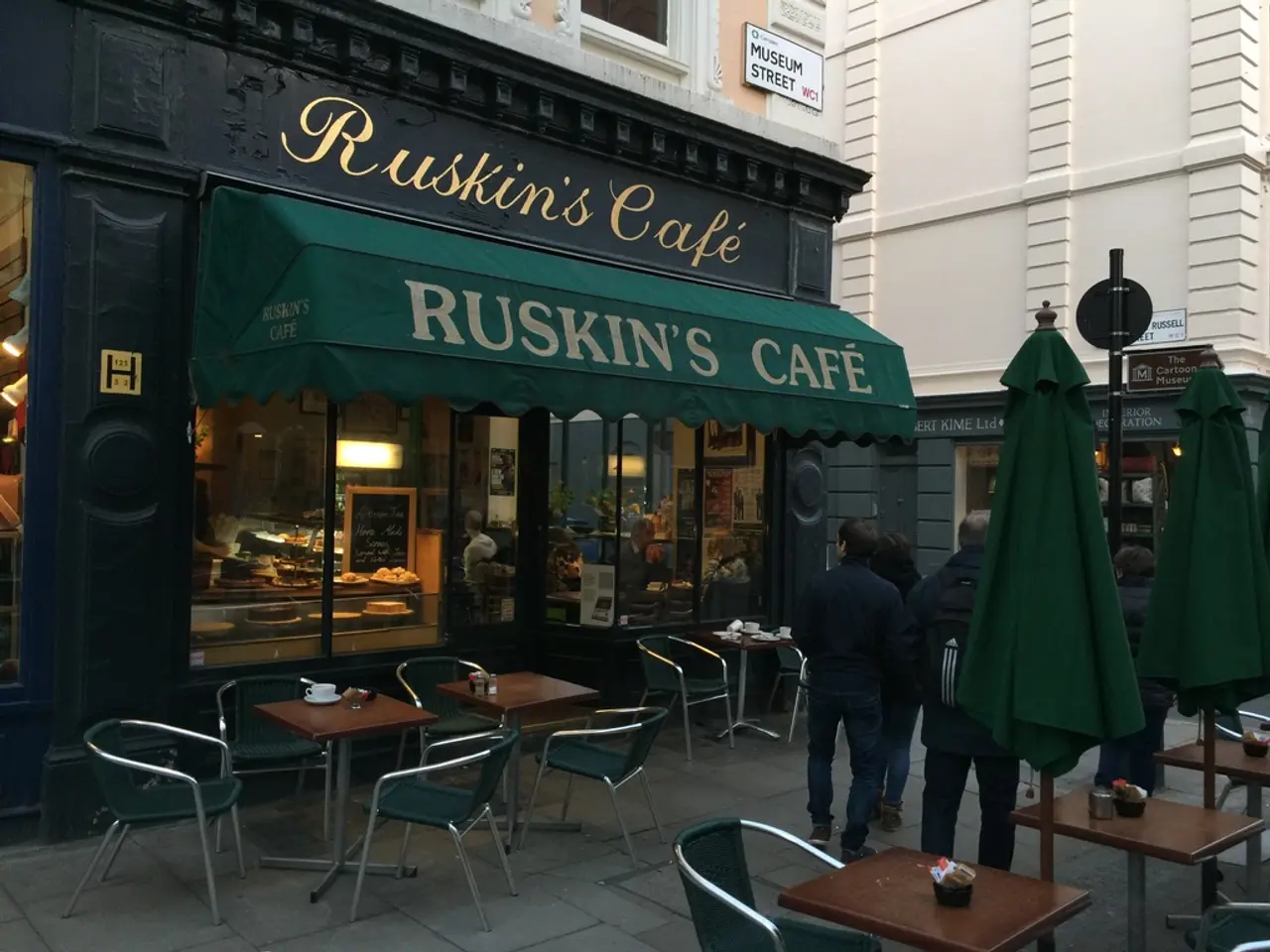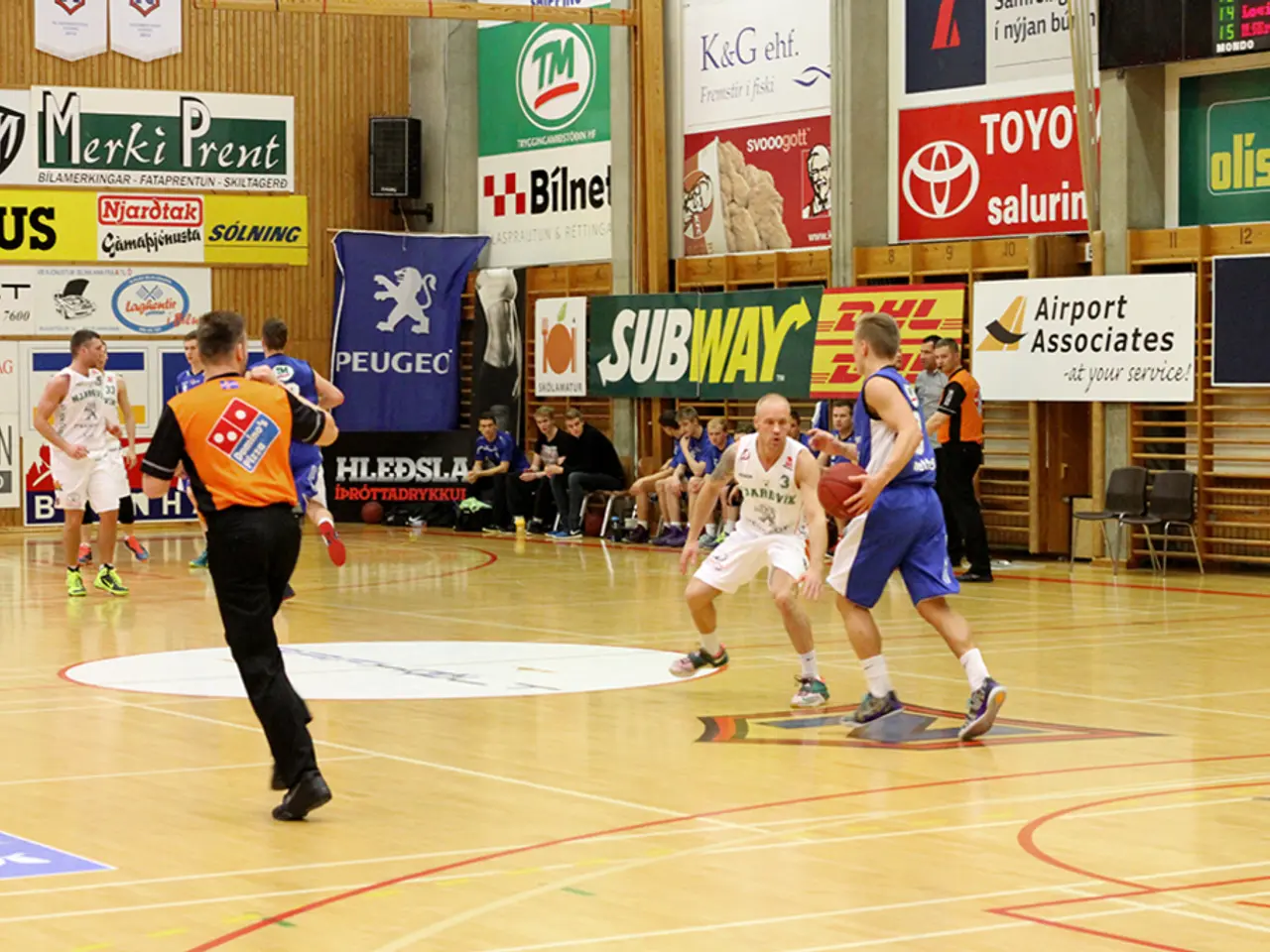Decrease in Inflation Rate Continues for the Second Consecutive Month in the Volga Region
In recent times, the Bank of Russia's key interest rate has played a significant role in shaping consumer behaviour, price growth, and overall inflation in Russia. Here's a breakdown of how this mechanism is affecting the economy:
Consumer Behaviour: The key rate influences borrowing costs for individuals and businesses. A higher key rate, currently at 20% after a recent reduction from 21%, makes loans more expensive, which typically dampens consumer spending and business investments. This trend is evident as large non-urgent purchases on credit are being postponed due to the increased key rate.
Price Growth: The key rate is a primary tool to control inflation by influencing domestic demand. In Russia, demand growth has outstripped supply capabilities, contributing to inflationary pressure. By keeping the key rate high, the Bank is trying to temper demand and thus slow the rate at which prices increase. This strategy appears to be working, as the slowdown in demand for non-food products and the strengthening of the ruble have contributed to the stable prices for non-food products. Furthermore, prices for digital equipment, such as TVs and computers, decreased in the Nizhny Novgorod region in May, with the strengthening of the ruble and a slight slowdown in demand for digital equipment being the reasons for the price decrease.
Overall Inflation Dynamics: The Bank of Russia's goal is to bring inflation down to its target of 4.0% by 2026. Inflation remains elevated—9.8% as of early June 2025—but is trending downward, aided by the tight monetary conditions and the gradual easing of inflation drivers. The Bank has indicated that it will maintain a tight monetary policy "for a long period" to ensure the inflation rate continues to fall sustainably. Future decisions on the key rate will depend on how quickly and steadily inflation and inflation expectations decline.
In May, the annual growth rate of prices for goods and services in the Volga Federal District (VFD) slowed down, and in the Nizhny Novgorod region, annual inflation remained almost unchanged at 9.9%. Compared to April, prices in the Nizhny Novgorod region rose by 0.4% in May, while nationwide, the annual inflation decreased for the second month in a row and stood at 10.3%. These trends suggest that the Bank of Russia's policy is gradually helping to moderate price growth.
In summary, the Bank of Russia’s key rate influences consumer borrowing and spending, which affects demand and price pressures across the economy. The current high rates aim to restrain excessive demand and bring down inflation, which has shown signs of deceleration but remains above target. The recent modest rate cut signals cautious optimism that inflation pressures are easing but that tight monetary policy will continue to keep inflation on a downward path toward the 4% goal by 2026. It's important to note that the influence of the key rate on overall demand in the economy and inflation occurs with a time lag of 3-6 quarters.
- The key rate, currently at 20%, influences borrowing costs for individuals and businesses in the finance sector, making loans more expensive and potentially dampening their spending and investments in business.
- The Bank of Russia's primary tool to control inflation in the business environment is the key rate, which by influencing domestic demand, aim to temper demand and thus slow the rate at which prices increase.






